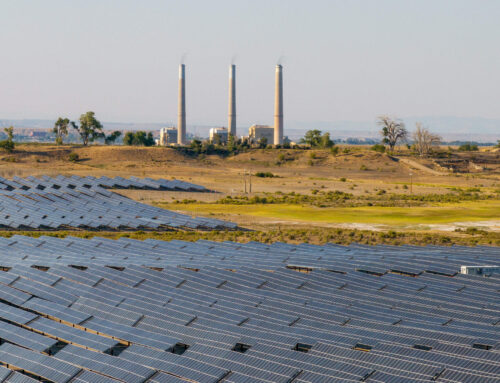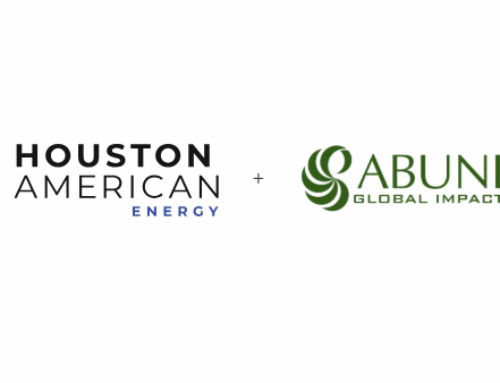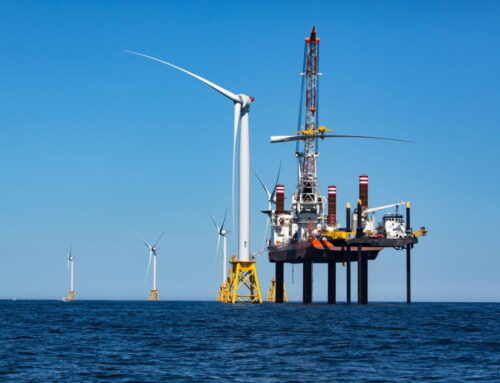European solar PPA rates sink below €35/MWh in third quarter of 2025
October 29, 2025
As the global energy sector transitions away from fossil fuels towards the renewable energy sector, the consensus in the industry is that as solar and wind production pick up, the average cost of PPAs, or Power Purchase Agreements, will decline. The EU has confirmed that reality, as the region notes that European solar PPA rates have sunk to below €35/MWh in the third quarter of 2025, pointing to the solar industry gaining momentum as technology advances and operational costs decline, resulting in cheaper PPAs across the continent.
Of the vast array of renewable energy sources, solar power has emerged as the mainstream cornerstone of the market
The global energy transition towards the renewable energy sector has led many to wonder what the most practical and viable form of energy production will be. Wind has seen some promising growth, but solar power has far outpaced any progress that the wind sector has made in recent months.
Industry insiders have reported that the cost of solar PPAs has declined to €34.25/MWh (US$40.05) in Europe. The new price for PPAs in Europe represents a decline of 3% between the second and third quarters of this year.
Average prices of PPAs in the solar sector have outperformed those of other renewable energy sectors, like wind and hybrid power. The average wind PPA price sat at €52.75/MWh in the third quarter, while hybrid PPA prices fell 1$% to €35.55. So the evidence would suggest that, of the vast array of renewable energy sources, solar power has become the cornerstone of the market.
Investors have become more likely to opt for the hybrid power of BESS
PPAs are long-term purchasing agreements that are the cornerstone of the solar market. An industry insider has reported that the decrease in solar PPAs has had an unforeseen effect on the investments in solar power as a standalone asset, noting that investors are more likely to opt for hybrid projects that make use of solar power to extract energy and store it in advanced battery storage systems.
The decrease in solar PPA costs can be attributed to the rise in new solar projects being commissioned around the world. This points to the market embracing the potential that the sector has. Furthermore, the cost of producing solar panels has continued to fall, thanks to ongoing technological advancements and more efficient production lines.
Solar Power has emerged as the king of the renewable energy sector
Europe’s decrease in solar PPA prices is not an accident. Solar power has become the darling of the renewable energy sector due to significant advancements in technology and manufacturing. Solar PV is now one of the most cost-competitive sources of electricity generation globally.
While Europe’s new low cost of solar PPAs is commendable, other nations have seen even better performance in the solar power sector. China produces the vast majority of the world’s solar panels, and due to an increase in demand, will likely see that number increasing in the years to come as the sector gains more momentum.
The end of the global reliance on fossil fuels is a lot closer than you might think
For far too long, the world has relied on fossil fuels to supply energy to its population and industries. While oil and gas projects are still the cornerstone of the international energy sector, the renewable energy sector has seen tremendous growth over the past decade. Most nations have diversified their sectors to include new and astonishing renewable energy projects that drive the industry towards a future without oil and gas. The phase out of Russian-made energy by the end of the decade has resulted in many European nations turning to solar and hybrid power to compensate.
Author Profile
Search
RECENT PRESS RELEASES
Related Post





